Understanding how to approach and solve quadratic equations is a fundamental skill in algebra, crucial for everything from basic problem-solving to advanced mathematical applications. This blog post will guide you through the process of solving quadratic equations, providing various methods, clear explanations, and practical examples. We will explore the nuances of these equations, offering insights to boost your comprehension.
Table of Contents
Read More
Welcome to an exploration of solving quadratic equations! These equations are fundamental in algebra, appearing in various fields like physics, engineering, and economics. Understanding how to solve them is crucial. We will delve into different methods for solving quadratic equations, providing a clear understanding of each approach.
Understanding Quadratic Equations
A quadratic equation is a polynomial equation of the second degree. Its general form is ##ax^2 + bx + c = 0##, where a, b, and c are constants, and a is not equal to zero. These equations can have two, one, or no real solutions. The solutions, also known as roots, represent the values of x that satisfy the equation.
The nature of the roots is determined by the discriminant, ##\triangle = b^2 – 4ac##. If ##\triangle > 0##, there are two distinct real roots; if ##\triangle = 0##, there is exactly one real root (a repeated root); and if ##\triangle < 0##, there are no real roots, but two complex roots. Solving quadratic equations involves finding these roots.
Methods for Solving
Factoring Method
Factoring involves expressing the quadratic equation as a product of two binomials. For the equation ##3x^2 – 5x + 2 = 0##, we look for two numbers that multiply to ##6## (3*2) and add up to ##-5##. These numbers are ##-2## and ##-3##. This method is effective when the quadratic expression can be easily factored.
We rewrite the middle term using these numbers, then factor by grouping. This gives us ##3x^2 – 3x – 2x + 2 = 0##, which can be grouped as ##3x(x – 1) – 2(x – 1) = 0##. Factoring out ##(x – 1)##, we get ##(3x – 2)(x – 1) = 0##. This leads to the solutions.
Quadratic Formula
The quadratic formula provides a general solution for any quadratic equation. The formula is: ###x = \dfrac{-b \pm \sqrt{b^2 – 4ac}}{2a}###.
Here: –
- ##a## is the coefficient of ##x^2##,
- ##b## is the coefficient of ##x##
- ##c## is the constant term.
This method is applicable to all quadratic equations, regardless of whether they can be factored easily. It is a reliable method to find the roots.
For the equation ##3x^2 – 5x + 2 = 0##, we have a = 3, b = -5, and c = 2.
This simplifies further to: ###x = \dfrac{5 \pm \sqrt{25 – 24}}{6} = \dfrac{5 \pm \sqrt{1}}{6}###
Thus the solutions are: ###x = \dfrac{5 + 1}{6} = 1 \quad \text{or} \quad x = \dfrac{5 – 1}{6} = \tfrac{2}{3}###
Simplifying this expression gives us the roots of the equation.
Final Solution
Using either factoring or the quadratic formula, we find the solutions to the equation ##3x^2 – 5x + 2 = 0##. Factoring gives ##(3x – 2)(x – 1) = 0##, so ##3x – 2 = 0## or ##x – 1 = 0##. This means x = 1 and x = 2/3.
The roots of the equation are ##x = 1## and ##x = \frac{2}{3}##. These values, when substituted back into the original equation, satisfy the equation, confirming our solution. The quadratic formula also provides the same results.
Similar Problems and Quick Solutions
Problem 1: Solve ##x^2 – 4x + 3 = 0##
Solution: ##x = 1, x = 3##
Problem 2: Solve ##2x^2 + 7x + 3 = 0##
Solution: ##x = -3, x = -\frac{1}{2}##
Problem 3: Solve ##x^2 – 9 = 0##
Solution: ##x = 3, x = -3##
Problem 4: Solve ##4x^2 – 12x + 9 = 0##
Solution: ##x = \frac{3}{2}##
Problem 5: Solve ##x^2 + 6x + 5 = 0##
Solution: ##x = -1, x = -5##
| Method | Description | Solution |
|---|---|---|
| Factoring | Factor the quadratic expression into two binomials. | ##x = 1, x = rac{2}{3}## |
| Quadratic Formula | Use the formula ###x = rac{{-b ext{ ± } ext{sqrt}{b^2 – 4ac}}}{{2a}}### | ##x = 1, x = rac{2}{3}## |
We also Published
RESOURCES
- Solving quadratic equations | Lesson (article) | Khan Academy
- Solving Quadratic Equations
- How to Solve Quadratic Equations – Mathematician Finds Easier Way
- Quadratic equation – Wikipedia
- solving-quadratic-equations.pdf
- Methods for Solving Quadratic Equations
- Really struggling with quadratic equations. : r/learnmath
- Solve Quadratic Equations Using the Quadratic Formula …
- Did you use the delta (Δ) when solving quadratic equations? : r …
- Solving Quadratic Equations via PhaseLift when There Are About As …
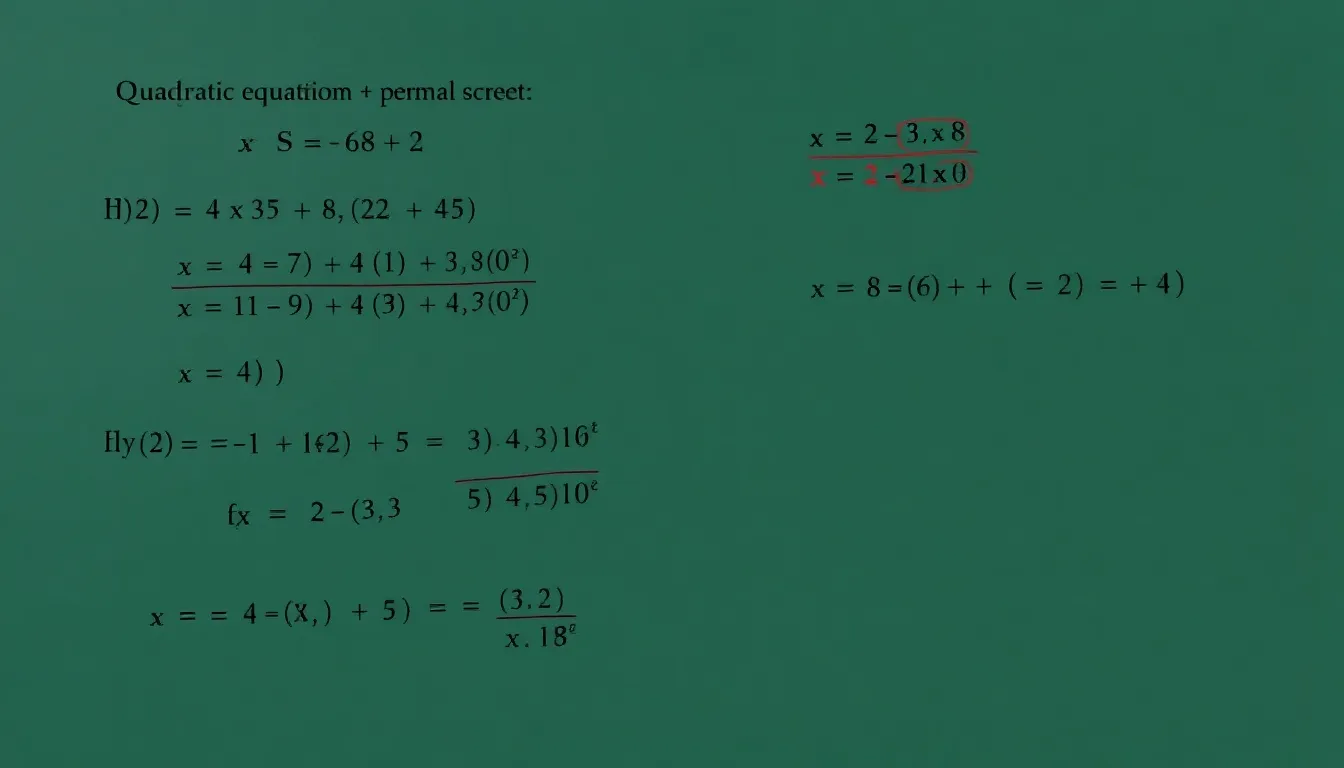
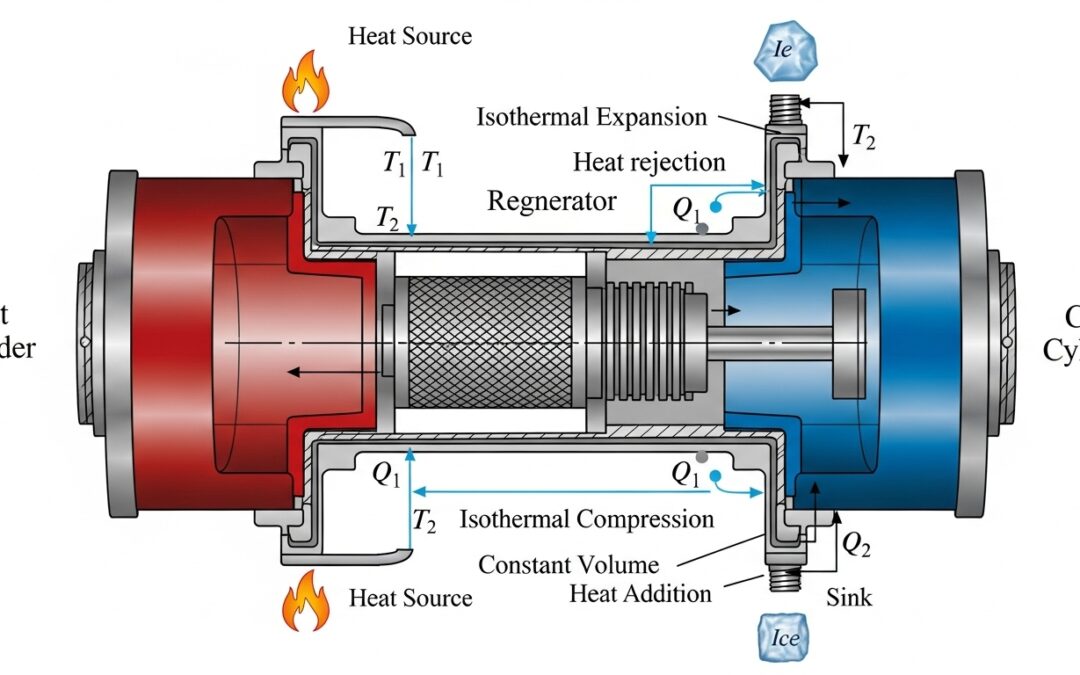


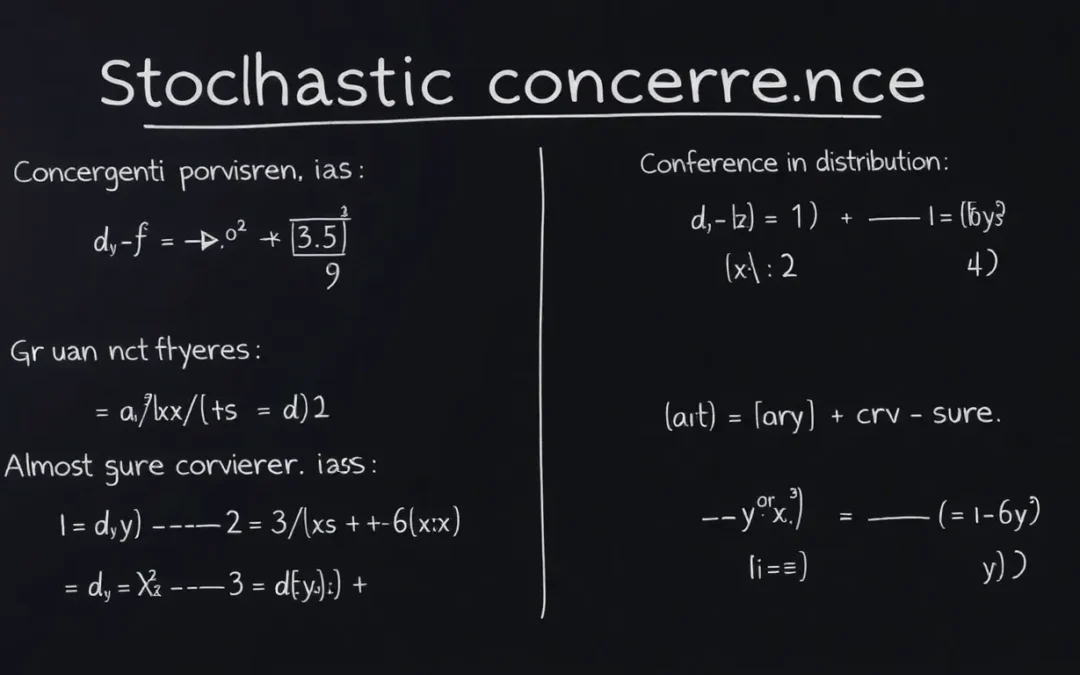
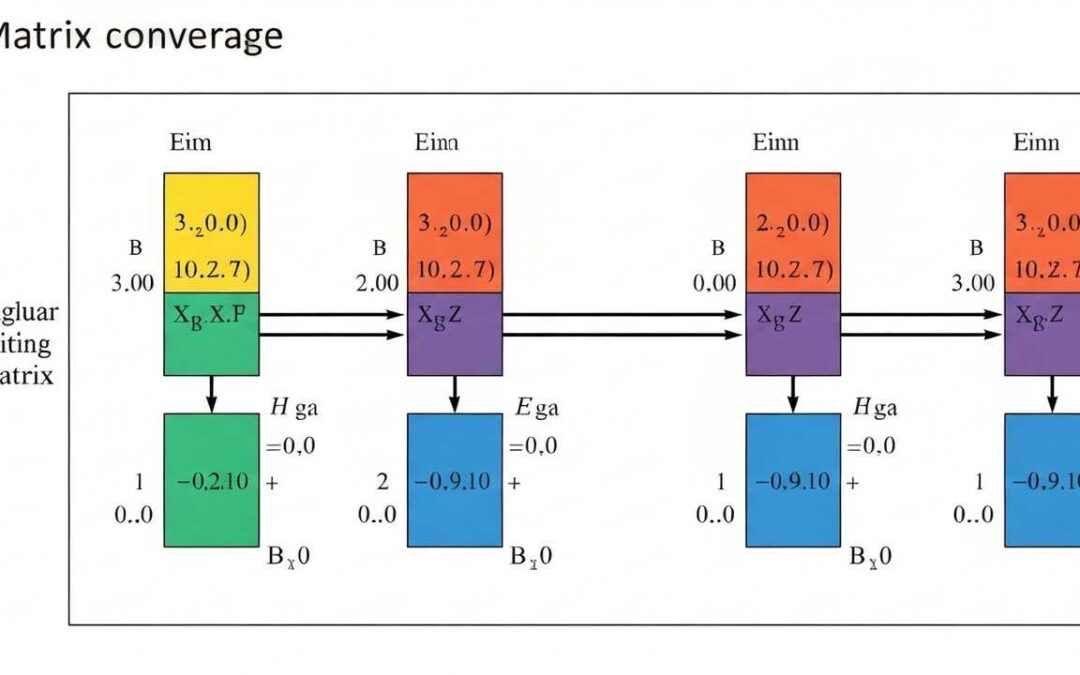
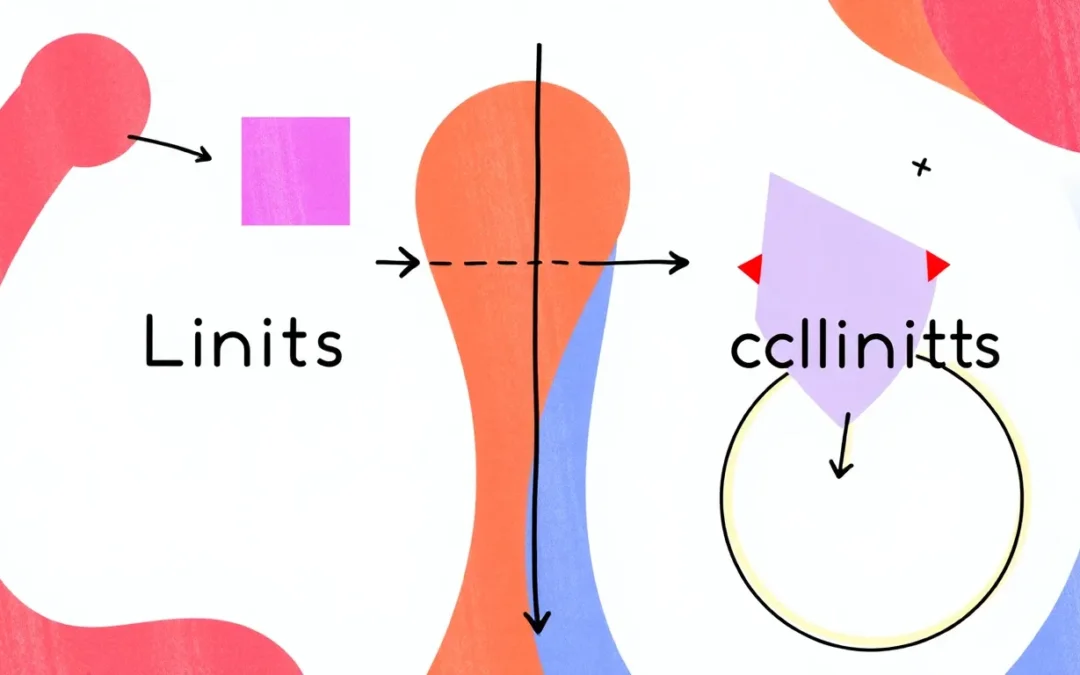
0 Comments